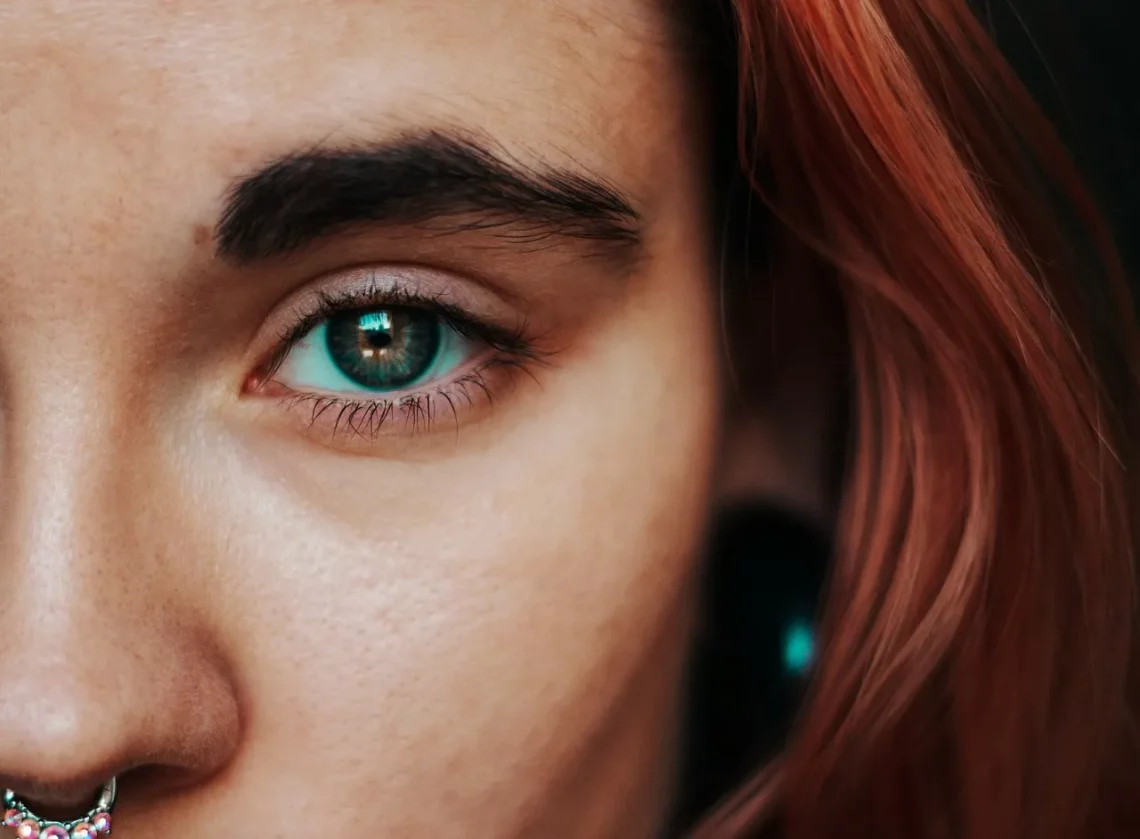
Do Guinea Pigs Blink and How Do Their Eyes Function?
Guinea pigs, often cherished as affectionate companions, have a multitude of fascinating characteristics that set them apart from other small pets. One such intriguing aspect is their unique eye function and behavior. Unlike many animals, guinea pigs possess a distinct way of interacting with their environment, which includes a different approach to blinking and eye movement. Observing these small creatures reveals a lot about their adaptations and the evolutionary traits that contribute to their survival.
Understanding how guinea pigs perceive the world around them can shed light on their behavior and needs as pets. Their large, expressive eyes are not just adorable; they serve crucial roles in their daily lives. From their vision capabilities to how they communicate their feelings through eye movements, these aspects are essential for any guinea pig owner to understand. As we delve deeper into the world of guinea pig eye function, we uncover not just the mechanics of their vision, but also the broader implications for their health and wellbeing.
In this exploration, we will look at how guinea pigs blink, how their eyes function, and what these attributes mean for their overall health and interaction with the world.
Understanding the Blink Mechanism in Guinea Pigs
Guinea pigs have a unique mechanism for blinking that differs significantly from that of humans and many other animals. Unlike humans, who blink to moisten the eyes and protect them from irritants, guinea pigs have evolved a more specialized system of eye care. They primarily rely on their third eyelid, or nictitating membrane, to keep their eyes moist and protected.
The third eyelid is a translucent membrane that can move across the eye. When a guinea pig blinks, this membrane sweeps over the surface of the eye, providing a protective barrier against dust and debris while also distributing moisture. This mechanism is particularly important for guinea pigs, as they are ground-dwelling animals that often face potential irritants in their environment.
Interestingly, guinea pigs do not blink as frequently as humans do. In fact, they may go for extended periods without a typical blink. This is often due to their evolutionary adaptations, which prioritize vigilance against predators. Since they are prey animals, maintaining an open gaze allows them to be more aware of their surroundings. However, it is still crucial for owners to observe their pets for any signs of eye discomfort or irritation, as prolonged exposure without blinking can lead to dryness or other issues.
In addition to the physical mechanism of blinking, the frequency of a guinea pig’s blinking can also indicate its emotional state. A relaxed guinea pig may show a more frequent blink or a gentle closing of the eyes, whereas a stressed or frightened guinea pig may keep its eyes wide open, signaling alertness. Understanding these behavioral cues can help pet owners create a more comfortable environment for their furry companions.
The Role of Vision in Guinea Pig Behavior
Vision plays a significant role in the daily lives of guinea pigs. These animals have large eyes that allow for a wide field of view, which is essential for spotting potential threats in their surroundings. Unlike humans, guinea pigs have a more panoramic vision, allowing them to see almost 360 degrees around them. This adaptation is crucial for survival in the wild, where being aware of predators can mean the difference between life and death.
Guinea pigs are not colorblind, but their color vision is limited compared to humans. Research suggests that they see colors differently, primarily distinguishing between shades of blue and green. This limited color perception does not hinder their ability to navigate their environment, as they rely more on movement and contrast than on color itself.
Furthermore, guinea pigs are sensitive to changes in light and can detect motion quickly. This ability helps them react swiftly to potential dangers. However, their eyesight is not perfect, especially at close distances. They may struggle to focus on objects that are very near, which is where their sense of smell and hearing comes into play. Guinea pigs have an excellent sense of smell, which compensates for their visual limitations when foraging for food or interacting with their environment.
Understanding how guinea pigs use their vision can enhance their care. Creating a stimulating environment with varied textures and safe toys can engage their senses and encourage natural behaviors. Owners should also ensure that their living spaces are well-lit but not harshly illuminated, as sudden bright lights can startle guinea pigs.
Eye Health and Common Issues in Guinea Pigs
Maintaining eye health in guinea pigs is crucial for their overall wellbeing. While their unique blinking mechanism and visual adaptations help protect their eyes, they are still susceptible to various health issues. Common eye problems in guinea pigs include conjunctivitis, cataracts, and corneal ulcers, each presenting specific symptoms and requiring attention.
Conjunctivitis, or inflammation of the conjunctiva, can occur due to irritants in the environment, such as dust or allergens. Symptoms may include redness, swelling, and discharge from the eyes. If a guinea pig exhibits these signs, it is essential to consult a veterinarian for appropriate treatment.
Cataracts can also develop in guinea pigs, particularly as they age. This condition leads to cloudiness in the lens of the eye, affecting the animal’s vision. Owners may notice changes in behavior, such as bumping into objects or hesitating when moving around. Regular check-ups with a veterinarian can help detect cataracts early.
Corneal ulcers, which are painful sores on the surface of the eye, can arise from trauma or infections. Symptoms often include squinting, excessive tearing, and a visible change in the eye’s appearance. Timely veterinary intervention is critical to prevent complications and ensure proper healing.
To promote eye health, guinea pig owners should maintain a clean living environment, provide a balanced diet rich in vitamin C, and monitor their pets for any signs of discomfort. Regular check-ups with a veterinarian specializing in exotic animals can help detect potential issues early, ensuring that any necessary treatments are administered promptly.
It is essential to remember that this article is not a substitute for professional medical advice. If you notice any unusual symptoms in your guinea pig, consult a veterinarian for proper diagnosis and treatment.
Conclusion: The Importance of Understanding Guinea Pig Eyes
In conclusion, understanding the blinking mechanism and eye function of guinea pigs provides valuable insights into their behavior and health. Their unique adaptations, such as the nictitating membrane and wide field of vision, illustrate the evolutionary traits that have enabled them to thrive as prey animals.
Being aware of how guinea pigs communicate their feelings through eye movements can help owners create a more nurturing environment. Additionally, recognizing the signs of potential eye health issues ensures that these beloved pets receive the care they need.
As responsible pet owners, it’s our duty to stay informed about all aspects of our guinea pigs’ lives, including their vision and eye health. By fostering a deeper understanding of these fascinating creatures, we can enhance their quality of life and strengthen the bond we share with them.




